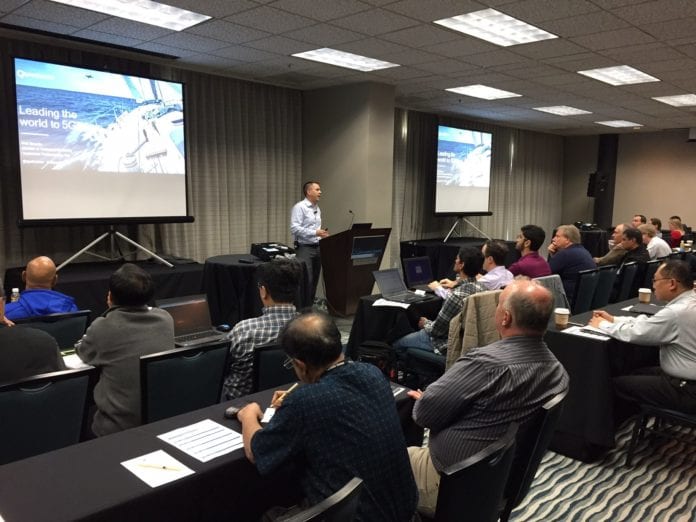Three quarters of enterprise-based ‘internet of things’ (IoT) projects are failing, reckons US networking specialist Cisco. This is an alarming statistic, especially when considered in the context of the head-spinning growth of new IoT deployments.
Analyst house IDC calculates the total base of installed IoT endpoints will reach 82 billion in 2025, up from 14.9 billion in 2016. At current rates, only those endpoints attached to a minority of IoT projects are worth the bother. Cisco polled 1,845 business decision-makers, employed variously in the manufacturing, government and energy sectors, and found just 26 per cent of companies regard their IoT initiatives as successes. Worse, a third reckon their projects were outright failures.
What gives? Bryan Tantzen, a senior director at Cisco Systems, in charge of its manufacturing IoT group, identifies a number of stumbling blocks for digitally-minded companies seeking to reverse the trend, and make good on the promise of industrial IoT.
“I love the idea of Industry 4.0 – that it is the next industrial revolution, to make smarter logistics chains and factories. But IoT is hard to make real and pervasive in manufacturing. Most IoT projects are failing, and there are three reasons for it,” he says. In interview with Enterprise IoT Insights, he briefly considers each
1. Security
Rather desperately, given the implications, the first mistake when deploying enterprise IoT solutions is with security. For the tech sector at large, it represents a humdinger of a failure. A glance at top IoT vulnerabilities shows the industry is not learning from its mistakes; the same errors and oversights keep cropping up, invariably linked with identity authentication, transport encryption and physical security.
Cisco’s latest cyber-security report claims manufacturers are a prime target for malicious hacks; 31 per cent have already experienced attacks on their operational technology (OT) infrastructure, and 69 per cent are bracing for renewed cross-fire on their factory floors in 2018.
“These factories have been using proprietary networks, with zero security inside the plants themselves. They’ve been air-gapped – a hard shell with a firewall, perhaps, and this soft middle, with open networks and control systems. As we connect these factories, that has to change,” explains Tantzen.
2. Complexity
Another major challenge for enterprise IoT is the sheer complexity of the new digital architecture, comprising myriad connectivity technologies, devices and applications, and a confusing array of new management platforms to orchestrate proceedings. This complexity is compounded by a fundamental lack of expertise within manufacturers, observes Tantzen.
“These factory operations don’t employ IT people very much. They have a few, but, generally, it’s OT running the show. The new technologies coming in to transform their operations – like mobility, or cloud, or security – are making the IT environment very complex, and that complexity is a challenge,” he says.
“To succeed with IoT in manufacturing, you need to put a lot of pieces together – you need to connect the device, extract the data, make it secure, transmit the data, normalise the protocol, visualise the data, run analytics. There are all these different elements, and most customers don’t have the skillsets.”
3. Interoperability
The final technical barrier to enterprise IoT adoption is interoperability. “It’s a classic problem in business transformation – to bridge silos to improve processes. In manufacturing, we see that in spades. You have all these amazing protocols – every robot, every machine, every sensor is talking a proprietary language. The data has to be normalised across all of these different protocols,” explains Tantzen.
Cisco is addressing each of these challenges, it reckons. “Our strategy is to be the central platform to solve these three challenges, and enable companies to move from slide-decks to real execution, at scale,” says Tantzen.
The firm is developing tools for secure and automated networking to address the first two challenges, and for data management to bridge silos. “This is a multi-year journey. We’ve been focused on manufacturing space for 10 years; we know the space, we know what it needs. There’s lots of nitty-gritty detail, which we are focused on, compared with some of our IT competitors,” says Tantzen.
He adds: “We are less interested in the application layer, where many companies are focused. Instead, we are focused on the platform layer, where everything is connected and everything is extracted, and where data goes to where it needs to go.”
The contents of this article form an excerpt from a longer interview with Cisco Systems IoT manufacturing director Bryan Tantzen, which can be found here.

